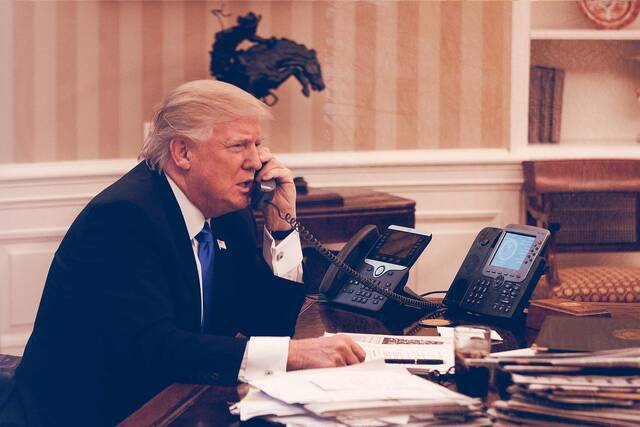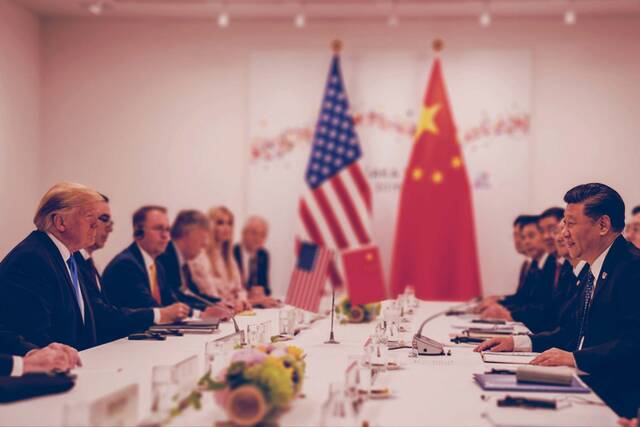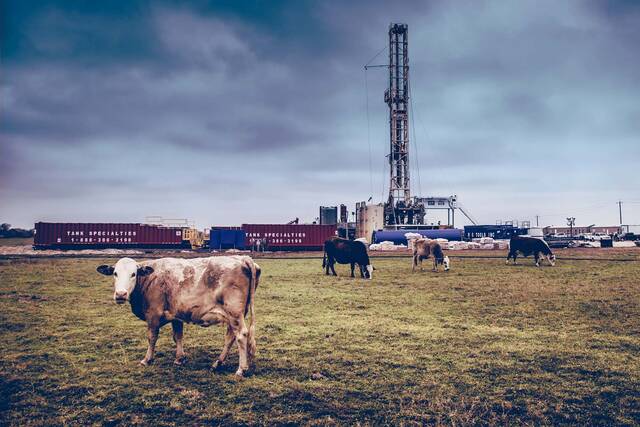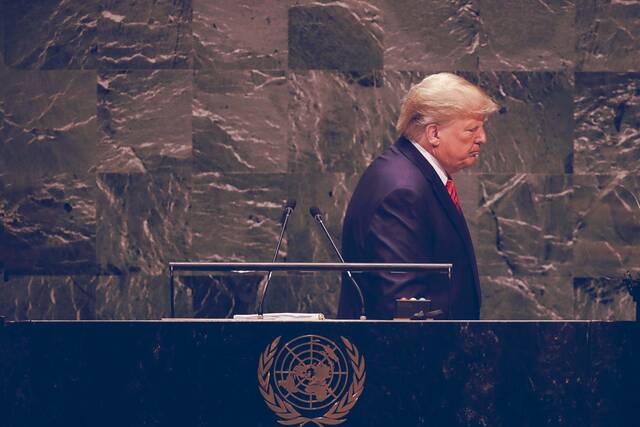The region sees itself as less dependent on the United States than, for example, Europe, Japan, South Korea, or Australia. A common view within elite circles, especially in mainland Southeast Asia, is that the United States is a distant power, whose engagement has waxed and waned since the end of the Cold War. Especially in the region’s Muslim-majority countries, Washington is not necessarily seen as a benign actor that abides by international rules.
In authoritarian countries, by contrast, Trump’s possible return to the White House may be seen as a positive. Myanmar’s generals and Cambodia’s autocratic elite would likely welcome the prospect of a US president less focused on democracy and human rights. The Biden administration’s global democracy promotion agenda always sat uncomfortably in a region as politically diverse as Southeast Asia. Even in the region’s largest democracies, Indonesia and the Philippines, “strongman” leaders have political appeal and cut-through.
US neglect is fine, but China escalation is not
The main regional concern of a second Trump presidency would be the risk of a more confrontational China policy. Southeast Asian countries worry about US–China competition escalating into conflict. Moving away from the “managed competition” with the guardrails of the Biden administration would not be welcomed by Southeast Asian capitals. Many have been reassured by the Biden administration’s efforts to build up direct communications with Beijing; repudiating these would be seen by many as provocative and stoking tensions.
Under the first Trump administration, “tough on China” policies saw a proliferation of regional initiatives, many of which lacked nuance.
A “tough on China” policy might also see the United States push Southeast Asian countries to make choices in a counterproductive way. Under the first Trump administration, “tough on China” policies saw a proliferation of regional initiatives, many of which lacked nuance. These included trying to convince Southeast Asian countries to ban Huawei from 5G networks, without offering an alternative, and funding a social media disinformation campaign to discredit Chinese Covid-19 vaccines in the Philippines.
Philippines the outlier
The Philippines is a possible outlier to this picture. Unlike the rest of Southeast Asia, which will continue to avoid aligning with either Beijing or Washington, Manila under President Ferdinand Marcos Jr has doubled down on its alliance with the United States. It faces a tough challenge from China within its Exclusive Economic Zone, especially at the Second Thomas Shoal. The credible commitment of the United States to defend its treaty ally is an essential component of Manila’s strategy.
However, the Philippines also wants to retain room for independent manoeuvre, for example, by re-establishing diplomatic dialogue with Beijing. If a second Trump administration wanted to play a more active role in the South China Sea, Manila might find that it was informed, rather than asked, about a stepped-up US military presence. This is better than a scenario in which the United States failed to back the Philippines, but could still cause problems for Manila.
Vietnam has much to lose in a trade war
On economics and trade — Southeast Asia’s highest priority — the region will have low expectations. Few will grieve the Biden administration’s Indo-Pacific Economic Framework (IPEF), which Trump has vowed to “kill”. While some in Southeast Asia saw IPEF as a useful way of keeping America talking on trade, it never offered improved access to the US market for Southeast Asian exports. Even more modest goals of a digital trade agreement were scuppered in 2023.
Pragmatism means most in Southeast Asia are calm about the idea of Trump returning.
The best-case scenario for US economic engagement under Trump would be a maintenance of the status quo in which the US private sector is active, but with little by way of supporting economic statecraft. Increased protectionism or across-the-board tariffs would harm trade-exposed Southeast Asian countries. It is possible that Vietnam could be specially targeted for higher tariffs — its trade surplus with the United States has grown steadily and is now the fourth-largest in the world. Hanoi’s reputation as a key beneficiary from the relocation of supply chains from China prompted by the first US–China trade war will not endear it to a second Trump administration.
Pragmatism means most in Southeast Asia are calm about the idea of Trump returning. However, they, like the rest of the world, will need to reckon with the prospect of a diminished, more unpredictable America providing less leadership and stability than before.










